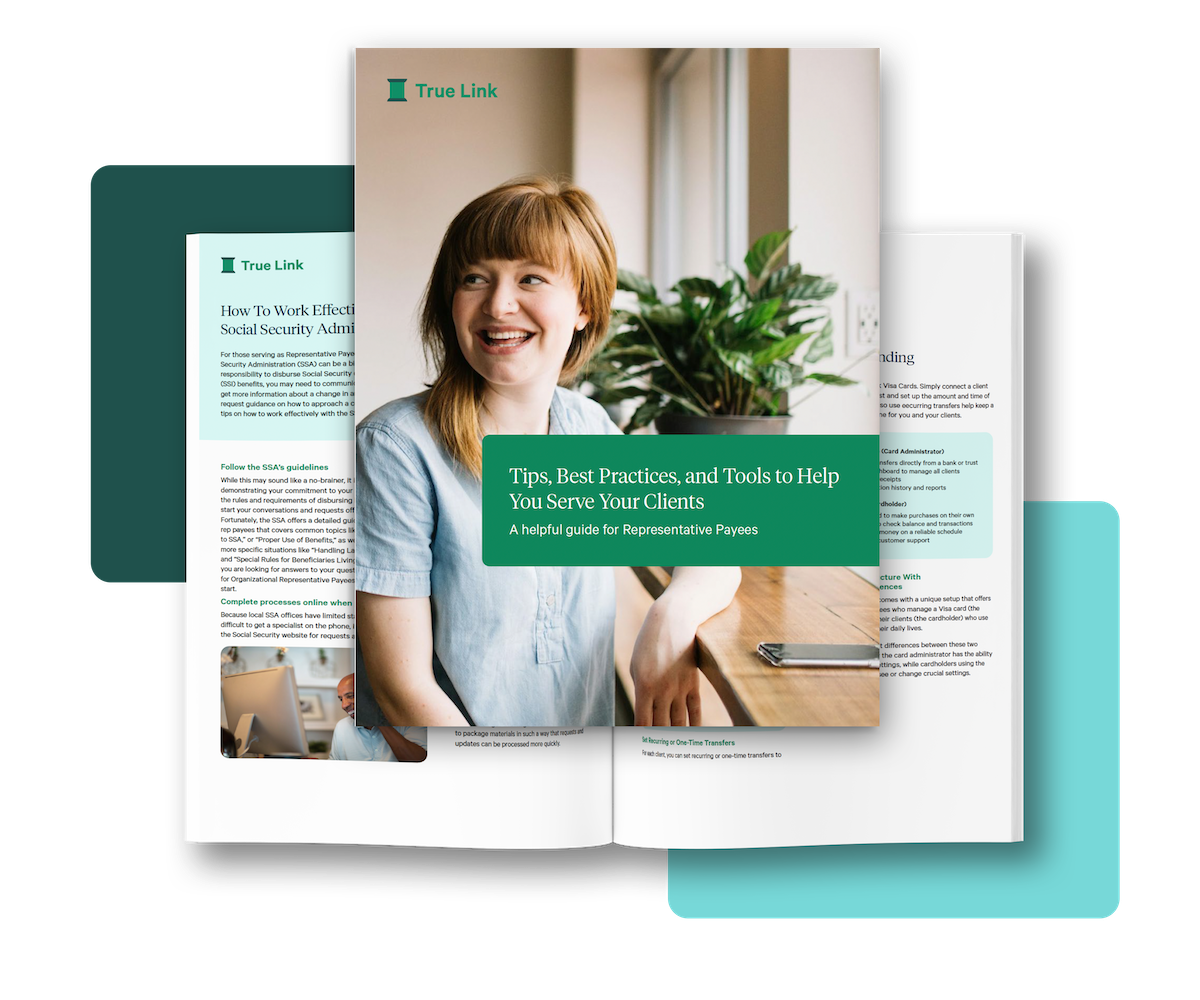Helpful Tips for Establishing Effective Relationships with Trust Beneficiaries
If you’re a professional fiduciary or trustee, developing respectful and productive relationships with your clients is advantageous for both you and the trust beneficiary. When you’ve earned their confidence and established open lines of communication, the beneficiary feels supported and you are more efficient and effective at your job. It’s a win-win.
Of course, this is often easier said than done. These relationships can, by their very nature, be fraught from the beginning. In some cases, the need for a trustee comes with the death of a parent or loved one, and is already a challenging time. Beneficiaries may also feel that having a fiduciary requires them to surrender some personal autonomy which can make for a difficult adjustment.
Here are some tips on how to connect with your clients and manage beneficiary expectations from day one.
1) Begin relationship-building as early as possible
You don’t want to meet a beneficiary for the first time in the middle of the emotional upheaval. In the case of testamentary trusts that involve an inheritance, beneficiaries may be grieving over the loss of someone they love – potentially their primary caregiver. “Frequently the parent is a best friend, roommate, and lifeline to the beneficiary’s finances. For them to lose all of that at once is really traumatic,” says Peter J. Wall, Director of Fiduciary Services for True Link Financial Advisors.
This is a big period of transition, often involving a lot of emotions, so it’s understandable that a beneficiary may struggle to connect with and trust a new authority figure in their life. That’s why it’s critical to start building the relationship as early as possible.
Wall recommends getting beneficiaries used to having someone manage their money at the time a trust is drafted. “I tell them to give their trustee or fiduciary a call now and start using some services. So when the grantor passes away, their beneficiary is already used to working with a case manager,” he says.
Haley Greer, Director of the Master Pooled Trust at The Arc of Texas, a nonprofit organization, recommends starting beneficiaries with small distributions — like $100 a month — to help them adjust to the process and benefits of the new relationship. Her favorite example was giving a client a weekly allowance for a mani-pedi. “We did it for health reasons because of ingrown toenails,” says Greer. “But it’s also a fun pampering thing that helps us establish a relationship.”
For testamentary trusts, Greer recommends parents create a “settlor letter of intent” so she can get to know more about a beneficiary before a parent passes away. (The Arc of Texas offers a template on its website.) “I want a good understanding of that child’s needs because it will help me make better distribution decisions,” she says.
2) Find common ground
Fiduciaries should take steps to establish a personal connection with their beneficiaries from the first phone call or meeting. Wall, who’s also a jazz musician, likes to inquire about their musical tastes or their current or former professions. “It makes you a real person,” he says. “You’re not a nebulous, unknown entity who’s all of a sudden in charge of their money.”
Greer will start by chatting about where they grew up and what activities they were involved in. “I mention that I was in Future Farmers of America. You have to feel a person out and learn what makes them tick,” she says.
The Arc of Texas has a standard practice of making “welcome calls” to create a personal relationship with new clients and let them know that a toolkit is being mailed to them. It’s a helpful way to educate them about the role of the organization and establish early lines of communication.
3) Incorporate the beneficiary’s goals and preferences
One way to make sure you’re on the same page is to make sure beneficiaries’ goals are on the page – literally. During one of his first meetings with a beneficiary, Wall discusses their trust wish list. “I ask, ‘What are your optimal outcomes? What else do you want to do with these funds?’” says Wall. “The goal is to get into agreement now so we can refer back to it when they ask for something that’s out of reach.”
Being involved in planning can be particularly important in the case of something like a personal injury settlement where beneficiaries were previously in charge of their own finances. “Now they’re supposed to say ‘Here are the keys to everything I own’ to some nameless person,” says Wall. “That’s a challenging position to put someone in, so you want them to be included in the process.”
In the case of Special Needs Trusts, many professionals incorporate the beneficiary’s goals and preferences in what’s called a person-centered financial plan. The plan is typically developed alongside the grantor(s) and beneficiary in order to draft a trust and create a budget that effectively serves the individual and their short and long-term financial needs. This, along with leveraging supported decision making for beneficiaries, can go a long way in making a client feel heard and cared for.
4) Explain the rules & set clear boundaries
It’s not always clear to the beneficiary what their trustee can approve, so they may become frustrated when their requests are denied. Fiduciaries may need to explain the limits and rules of the trust and the importance of stretching resources to last the beneficiary’s lifetime. This explanation can be especially relevant in cases where clients have been led to believe a large settlement can be spent on homes, cars, and vacations for the entire family.
“We’re left holding the bag, so we need to set clear expectations,” says Greer. “I have to say, ‘You can’t all go on a cruise. I’m not trying to be mean, but the rules don’t allow money to be spent this way.’ You have to establish what the reality is, even when you’re delivering disappointing news.” Greer reminds them that her job is to protect the beneficiary, their public benefits, and the trust – and give them the best quality of life possible.
Wall frequently finds himself explaining why regulations prevent him from approving a request. “Often a beneficiary has been waiting for a settlement for a few years. They already know that obtaining benefits like Social Security or Medicaid can be challenging,” he says. “If you have to deny a request, you can say, ‘I’m sorry, I don’t like these rules either. But preserving your benefits is of utmost importance.’”
For people not receiving public benefits, like those with an inherited trust, Wall might refer to their parents’ intentions to explain the decisions he’s required to make by saying, “I’m bound by the four corners of the document, and my hands are tied. I’m sorry, but I’m legally required to follow the guidelines your parents left behind.”
By setting clear parameters early on, you can provide exemplary service, head off unnecessary misunderstandings, and alleviate tension at the outset.
Putting these tips into practice may take a little more time up front, but it pays off in the long run. Not only will the relationships go more smoothly, but your job will also be more satisfying, and your clients will be happier. “Instead of feeling like you’re at odds with your beneficiaries, you’ll be able to work collaboratively,” says Wall. “That feels good for everyone.”











